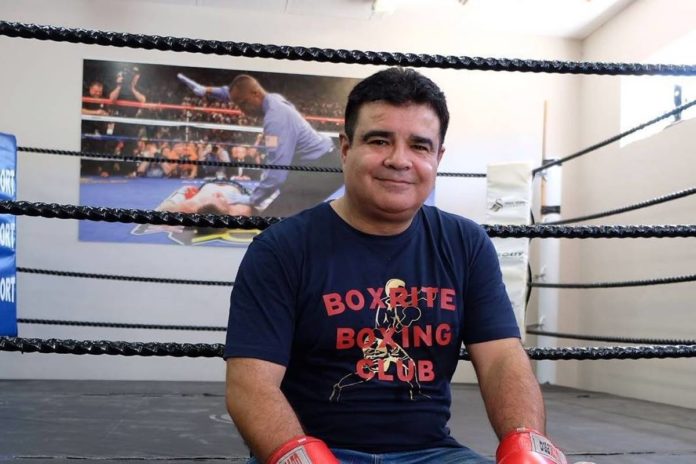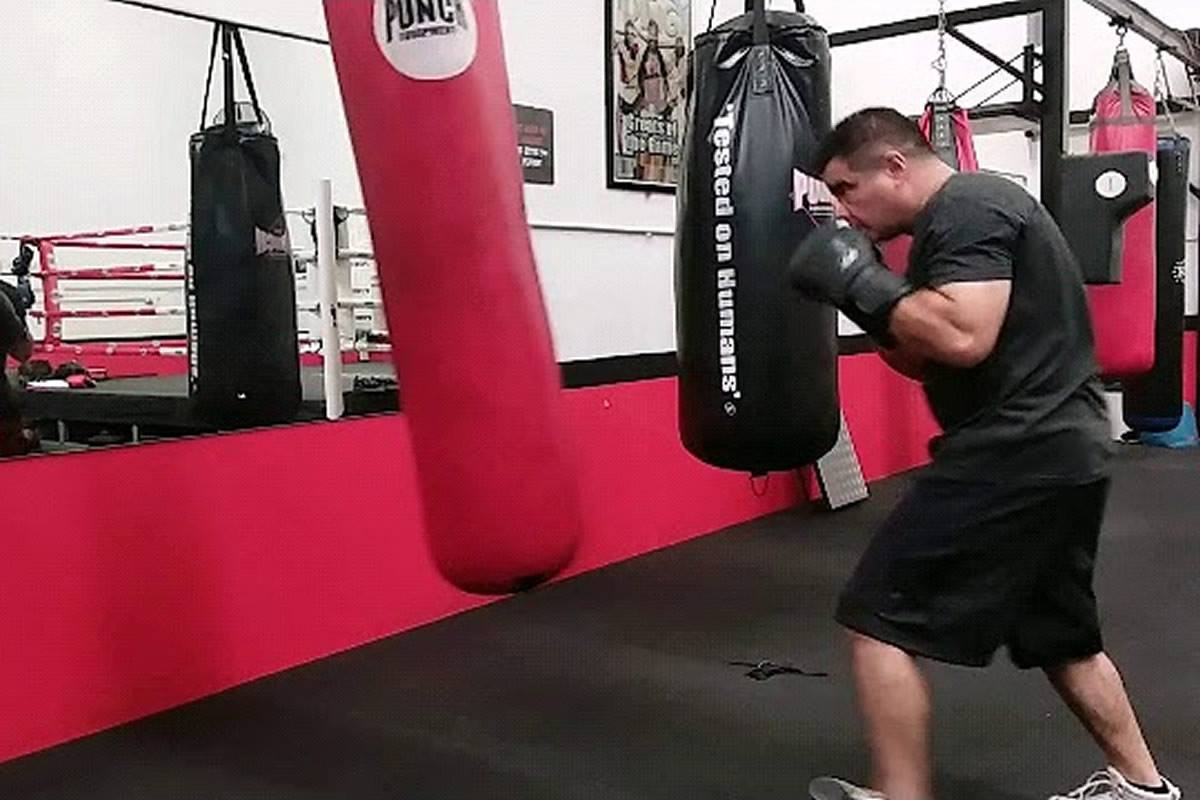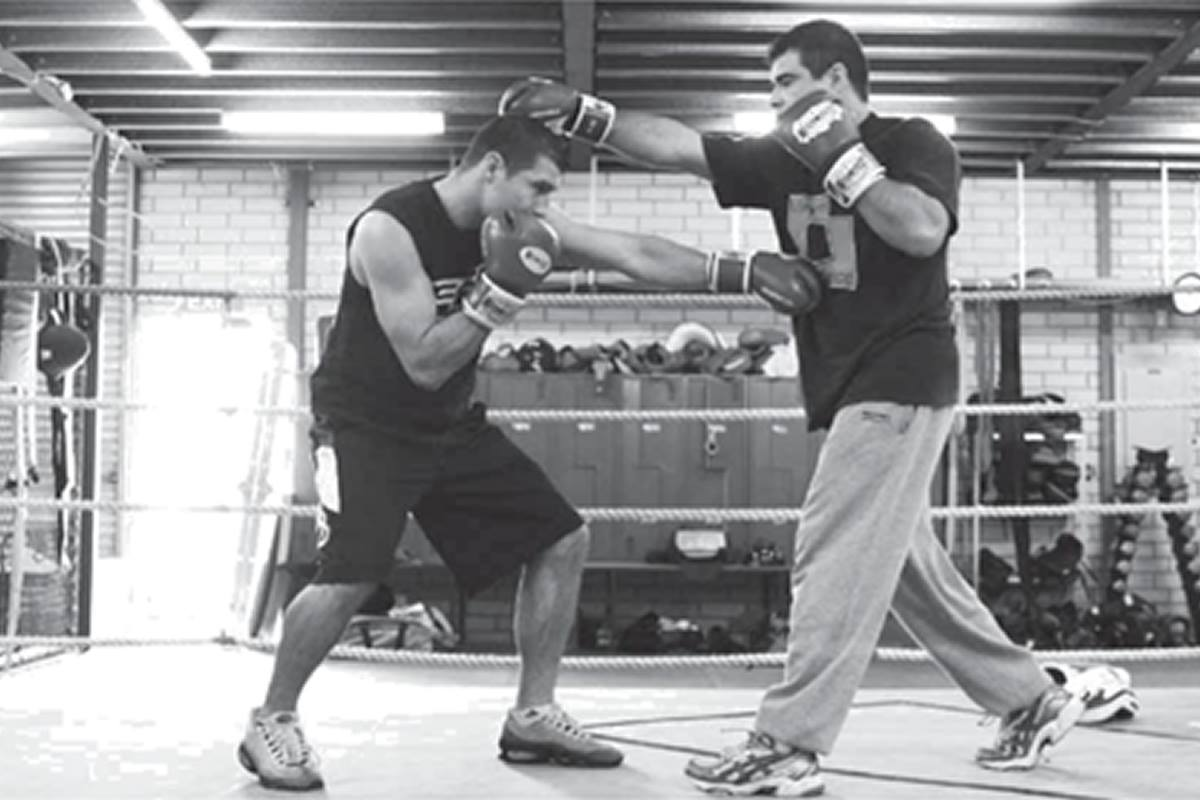
Many factors influence the judges scoring during a bout. They may have preferred boxing styles and tactics that influence the awarding of points, some may favour technical skills whilst others have a preference for power. This is one of the reasons three judges are seated strategically at separate vantage points around the ring to view bout from different angles to score.
I have judged many professional boxing, Muay Thai and MMA bouts which use a similar scoring criteria. I will attempt to explain the scoring criteria and process used in scoring rounds over the following two articles. Also, having trained boxers at all levels, I have managed to apply the criteria into tactics that may influence the judging panel:
1. Clean Scoring Punches
2. Ring Generalship
3. Defence
4. Effective Aggression
Read More: How_to_Score_a_Professional_Boxing_Round_-_Part_1_-_FIGHTMAG

